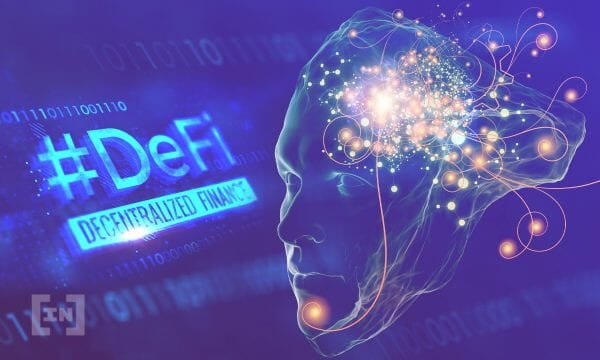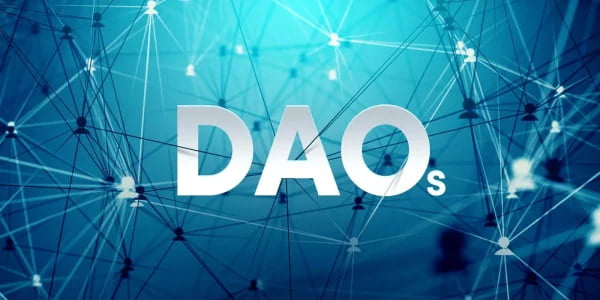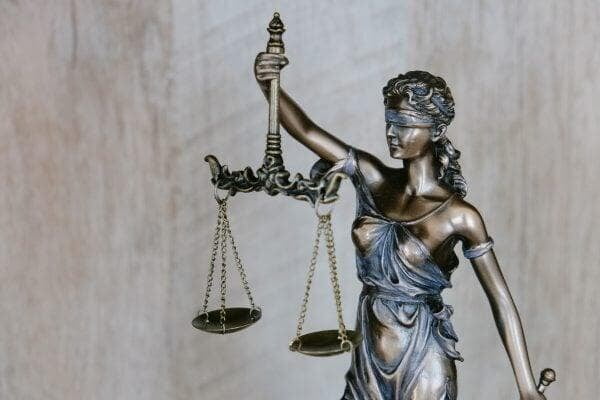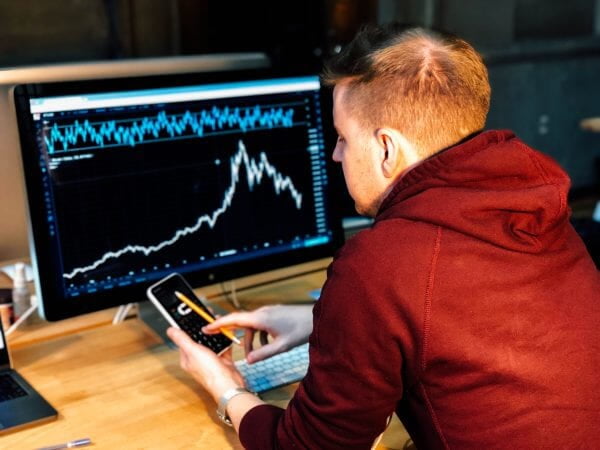Decentralised Finance (DeFi) is Transforming financial services
A technology revolution is within sight yet the regulatory landscape is still unclear
Decentralised Finance (DeFi) is Transforming financial services
A technology revolution is within sight yet the regulatory landscape is still unclear
Digitisation and decentralization
Digitisation is accelerating rapidly and it’s impossible to predict exactly what our digital future will look like. But this new frontier is unfolding now, and your clients are already asking about crypto and other digital assets. It is a rapidly evolving space. Blockchain also creates opportunities for players by potentially reducing the cost of trading and making it cheaper to enter a market!
new asset Classes
new asset Classes


New asset classes
New asset classes
Whether it is a new ETFs, or CBDC, spot or future contracts, these emerging crypto-linked products can provide forward-thinking investors with diversified exposure to broad aspects of the traditional, crypto and blockchain economies—all through well-known vehicles that are efficient to own and trade – It is time to become compliant now!
Implementing Crypto Asset Services
Implementing Crypto Asset Services
Decentralised Autonomous Organisation (DAO)
A DAO is an innovative and natural governance structure for any crypto-native project that makes use of a set of tools for self-organisation - Existing laws and global system of rules that have been created and enforced through social or governmental institutions were not designed with DAOs in mind. Current rules and regulations are designed around actors and stakeholders who can be identified and can operate within a geographical defined jurisdiction. Decentralised blockchain-based systems, on the other hand, are powered by code and enables global, inclusive, democratic and permissionless participation - so a strong purpose and community are important ingredients for a successful DAO.
Decentralised Autonomous Organisation (DAO)

Imagine a company with no traditional CEO, no Board, no staff, no entity, no jurisdiction and no owner, but still operational through a process of decentralised token-based governance. In contrast to traditional organisations that use boards, committees, and executives managers, a DAO uses a set of rules written in digital code and enforced by the blockchain (network of computers running shared software). In essence, a DAO is an organization that is managed by computer algorithms and without the need for manual intermediaries. If you own a DAO-based crypto asset, you can access DAO benefits like the power to vote in proposals and other DAO updates.

Decentralised Finance
DeFi is the ecosystem of blockchain-enabled products and services that replace traditional financial intermediaries with freely accessible, autonomous, and transparent software. Ethereum, one of the backend rails for many DeFi projects is settling over $1.5 trillion in transactions or around 50% of Visa’s payment volume; decentralised money markets are issuing billions of dollars worth of loans every month; and individuals and businesses are using new self-custody platforms to trade and earn high yields
Decentralised Finance
DeFi is the ecosystem of blockchain-enabled products and services that replace traditional financial intermediaries with freely accessible, autonomous, and transparent software. Ethereum, one of the backend rails for many DeFi projects is settling over $1.5 trillion in transactions or around 50% of Visa’s payment volume; decentralised money markets are issuing billions of dollars worth of loans every month; and individuals and businesses are using new self-custody platforms to trade and earn high yieldsStable Coins (CBDC)
Central bank digital currencies (CBDCs) have recently emerged as a hot topic in the financial space. Banks, Institutions, and governments are performing research and analysis on the economic and technical feasibility of introducing a new form of digital money and its impact on monetary and fiscal policy. Businesses and consumers are adapting to digital forms of monetary interactions faster than ever imagined. A CBDC is an electronic form of central bank money with potential wide use by households and businesses to store value and make payments. It’s central bank digital money in the national unit (e.g., the AUS dollar) representing legal tender with the liability of the central bank, similar to physical currency in circulation. This makes CBDCs more secure and less volatile than other digital currencies.
Stable Coins (CBDC)
Central bank digital currencies (CBDCs) have recently emerged as a hot topic in the financial space. Banks, Institutions, and governments are performing research and analysis on the economic and technical feasibility of introducing a new form of digital money and its impact on monetary and fiscal policy. Businesses and consumers are adapting to digital forms of monetary interactions faster than ever imagined. A CBDC is an electronic form of central bank money with potential wide use by households and businesses to store value and make payments. It’s central bank digital money in the national unit (e.g., the AUS dollar) representing legal tender with the liability of the central bank, similar to physical currency in circulation. This makes CBDCs more secure and less volatile than other digital currencies.

Non-fungible token (NFT)
An NFT is a digital asset that represents real-world objects like art, music, in-game items and videos. They are bought and sold online, frequently with cryptocurrency, and they are generally encoded with the same underlying software as many cryptos. NFTs are also generally one of a kind, or at least one of a very limited run, and have unique identifying codes. Essentially, NFTs create digital scarcity and can derive great value and new innovative levels of engagement for users, customers and businesses alike.
Non-fungible token (NFT)
Centralised Crypto Exchange
A (centralised) crypto exchange is a marketplace where an investor can buy, sell or trade cryptocurrencies, like Bitcoin, Ether or Solana. Crypto exchanges work a lot like traditional brokerage platforms . Each exchange offers a portal where an investor can create different order types to either buy, sell and speculate on cryptocurrencies with other investors. Crypto exchanges can be centralised, meaning they are managed by one corporate authority, like a brokerage company that facilitates the security of trades.
Centralised Crypto Exchange
A (centralised) crypto exchange is a marketplace where an investor can buy, sell or trade cryptocurrencies, like Bitcoin, Ether or Solana. Crypto exchanges work a lot like traditional brokerage platforms . Each exchange offers a portal where an investor can create different order types to either buy, sell and speculate on cryptocurrencies with other investors. Crypto exchanges can be centralised, meaning they are managed by one corporate authority, like a brokerage company that facilitates the security of trades.

The Metaverse
The concept has been floating for a few decades, the science fiction writer Neal Stephenson coined the term “Metaverse” in his 1992 novel, Snow Crash. The Metaverse is the concept of a shared virtual space with digital worlds. It can be created as a result of the convergence of augmented reality and sustainable virtual space. The Metaverse includes the sum of all virtual worlds, augmented reality, and the web where people can come together, to connect, play, work, study, shop, learn and delivered enhanced marketing strategies and e-commerce benefit to business and consumers with the ability to combine physical and digital products
The Metaverse
The concept has been floating for a few decades, the science fiction writer Neal Stephenson coined the term “Metaverse” in his 1992 novel, Snow Crash. The Metaverse is the concept of a shared virtual space with digital worlds. It can be created as a result of the convergence of augmented reality and sustainable virtual space. The Metaverse includes the sum of all virtual worlds, augmented reality, and the web where people can come together, to connect, play, work, study, shop, learn and delivered enhanced marketing strategies and e-commerce benefit to business and consumers with the ability to combine physical and digital productsAppropriate Regulatory Frameworks
Appropriate Regulatory Frameworks

AML/ATF
Supervision of cryptoasset service providers (CSPs) remains nascent globally. While AML/CFT international standards are in place, most jurisdictions have just begun to implement and enforce them. Regulatory treatment for CSPs is contingent on the risks posed by both the type of cryptoassets offered by the CSP and the activity in which firms engage. Authorities have chosen different criteria for categorising cryptoassets across various jurisdictions and differed in definitions of related activities that would fall into the regulatory scope. AML/CTF requirements are triggered for crypto businesses in varied ways across countries.
AML/ATF
TAX and Tax Avoidance
A crypto asset and a cryptocurrency have the same definition from an accounting perspective. While most understand crypto to be a digital currency in its own right, cryptocurrencies are not considered money in most parts of the world, as it does not have legal tender. Instead, crypto is classified as property in most countries, and property is an ‘asset’ for tax purposes. When that asset changes hands - either by sale, swap or as a gift - this event is what's known as a disposal. If there is a profit at the point of disposal, the profit can be taxed as a capital gain. Everybody involved in acquiring or disposing of cryptocurrency needs to keep records in relation to their cryptocurrency transactions.
TAX and Tax Avoidance


Market Integrity and Preventing Fraud
A combination of market immaturity, volatility, and a lack of credible information or oversight raises concerns about market integrity, manipulation and insider dealing within crypto asset markets. This may prevent the market from functioning effectively and damage its reputation. Some abusive strategies such as spoofing and wash trades have been reported as commonly occurring in relation to crypto assets. However, the novel nature of the crypto-asset market may give rise to new forms of abusive behaviour not directly captured by current regulation, or by current market monitoring arrangements
Market Integrity and Preventing Fraud
A combination of market immaturity, volatility, and a lack of credible information or oversight raises concerns about market integrity, manipulation and insider dealing within crypto asset markets. This may prevent the market from functioning effectively and damage its reputation. Some abusive strategies such as spoofing and wash trades have been reported as commonly occurring in relation to crypto assets. However, the novel nature of the crypto-asset market may give rise to new forms of abusive behaviour not directly captured by current regulation, or by current market monitoring arrangementsTraveling Rule
The Financial Action Task Force (FATF) modified Recommendation 16, what has been called the Travel Rule guideline, to guard against money laundering and other illegal actions. The new Travel Rule guidance recommends Virtual Asset Service Providers (VASPs), including exchanges, banks, OTC desks, hosted wallets and other financial institutions, to share certain identifying information about the recipient and receiver for cryptocurrency transactions over USD/EUR 1000 globally. The travel rule is a binding FATF obligation, but most jurisdictions have not effectively
implemented it. A number of jurisdictions question whether they can reasonably impose the travel rule on CSPs until there are technological solutions available that would make compliance less onerous, as SWIFT does for correspondent banking
Traveling Rule
implemented it. A number of jurisdictions question whether they can reasonably impose the travel rule on CSPs until there are technological solutions available that would make compliance less onerous, as SWIFT does for correspondent banking


